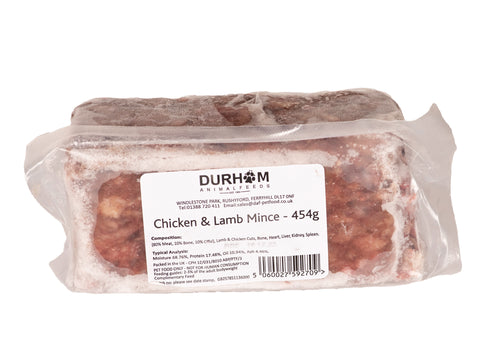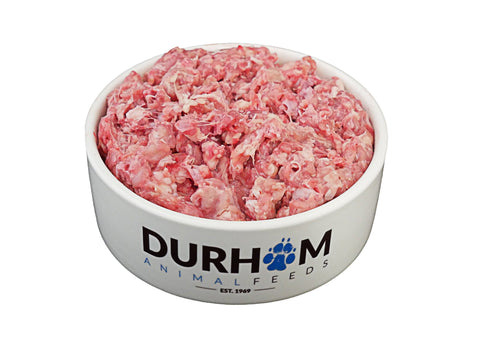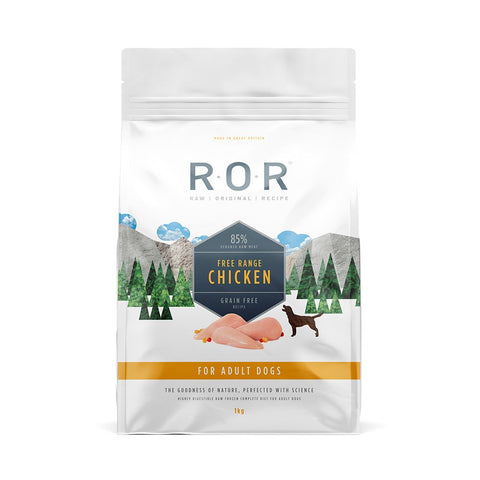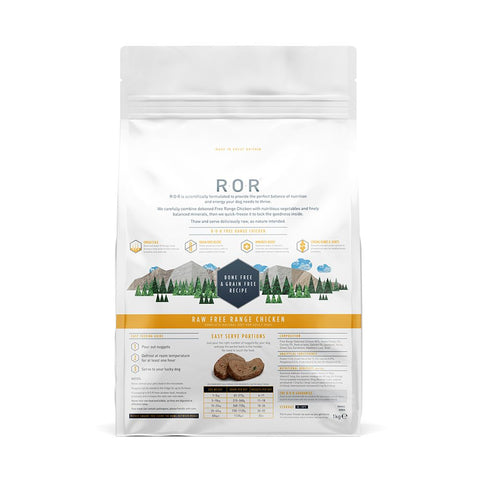Guide To Caring For Water Dragons

Adults can reach sizes up to 90 cm, including the tail, so it is important that you can provide a habitat large
enough to accommodate the size of your water dragon.
Water dragons are not social animals and adult males can be territorial, so they are best kept singularly.
The average lifespan of a water dragon is around 15-20 years, so you must be sure you are ready for a long-term commitment.
General Care
– Diarrhoea: This can be caused by incorrect feeding or an internal parasitic infection.
– Mouth rot: Cheesy deposits appear in the mouth.
– Respiratory problems: Signs include fluid or mucus from the nose.
– Metabolic bone diseases: Signs include deformed, swollen or paralysed hind limbs or jawbone. This is due to a lack of calcium, vitamin D3 and/or lack of exposure to UVB/UVA light. It can be reversed if caught in time and properly treated.
– Nails: Overgrown nails can often indicate your pet isnít getting enough exercise or is inactive for another reason. If nails become overgrown they will need to be trimmed with specialist equipment
and your vet or pet shop will be able to advise.
If you are at all worried about the health of your water dragon you should consult a specialist reptile vet as soon as possible. Your pet should also be insured against unexpected veterinary costs.
Choosing Your Water Dragon
A healthy water dragon should be bright, alert and active. Its body and leg muscles should appear well-formed and strong. It should be bright green in appearance with a slim body.
Housing
An escape-proof wooden or fiberglass vivarium with good ventilation and a glass front is the most suitable. Water dragons are known for not realising that clear glass is a barrier, and many damage their snouts by constant rubbing – glass impregnated with mesh can therefore be a good option for this species. The minimum size should
be 90 x 120 x 60cm with the greatest dimension being that of height.
Temperature
All reptiles are cold-blooded and need an external heat source to maintain their body temperature and each species of lizard requires different degrees of heating. One end of the vivarium should be heated to create a thermal gradient, allowing the pet to choose its preferred temperature. The ideal thermal gradient is 25-26C at the cool end and 30-34C at the hot end. Night temperature can be dropped to a minimum of 16-18C, which will benefit your pet as this reflects his natural environment.
Background heat can be provided by using heat mats and more intense heat by spotlights or heat lamps. Your pet shop can advise on heating products that are suitable for your particular set-up.
Digital thermometers should be placed at each end to monitor the temperature range and the maximum temperature of the heat gradient should be controlled by a thermostat. You should fit wire mesh guards over exposed heat sources to prevent thermal burns.
Lighting
Water dragons are diurnal lizards and require high-intensity UVB and UVA lighting to fully absorb and utilise the calcium in their diet. This light should be left on for 12-14 hours in the day. The bulbs will need replacing regularly as their UV output decreases with use.
Humidity
Water dragons require a high humidity of 65-85 percent. This can be achieved by spraying the vivarium frequently
with tepid water, or by installing a waterfall or automatic misting device.
Furnishings
The floor of the cage should be covered with a suitable substrate, such as a mixture of coconut bark and coconut soil, which helps to maintain high humidity.
Provide a combined UVA/UVB spotlight or a UVB heat lamp and UVA strip bulb for basking and place climbing rocks or branches approximately 6-12 inches beneath – check the manufacturers instructions too. Provide a shelter, with a piece of cork bark for example, and additional bark or branches to create areas for climbing. It is essential to provide your pet with a place to hide and feel secure, and it’s also highly beneficial during skin-shedding.
Water dragons are strong swimmers, so a large bath should be provided for this, which is deep enough to allow your pet to submerge its whole body.
Cleaning
Remove droppings (frequently produced in the bath) and uneaten fresh food daily. Baths, water and food bowls should be washed and cleaned daily. Vivariums should be completely cleaned out and disinfected with a pet-safe disinfectant regularly. Soiled substrate should be disposed of and replaced daily through a spot cleaning regime.
Food and Water
Water dragons are omnivores and will eat a varied diet of live insects (as large as the width of their heads), fruit and vegetables.
Fruit should only be fed in limited quantities due to the high energy content.
Young water dragons should be fed insects up to twice a day with occasional fruit and vegetables. Adults should be fed three or four times per week with supplements of fruit and vegetables too. Once their growth slows their appetite diminishes substantially.
Animal protein can be supplied as crickets, locusts, pinkie mice and giant mealworms. Wax worms should be fed sparingly as they have a high-fat content. When feeding crickets feed a few at a time if they are eaten readily feed a couple more. Remove any uneaten live food after around 30 minutes as they annoy water dragons by nipping at them during the night.
It is important to feed the live food a nutritious diet and water to ensure your pet is also receiving a balanced diet. This is also known as ‘gut loading’ the live food.
Suitable fruit and vegetables to feed your pet include kale, parsley, green beans, watercress, carrots, apples, pears and berries (in limited quantities).
Fruit and vegetables should be washed and dried before feeding and offered in bite-size pieces.
It is very important that food should be dusted with a vitamin and calcium supplement on a regular basis;
once or twice a week for non-breeding adults and all food for juveniles and egg-laying females. Failure to
undertake such dietary supplementation may result in metabolic bone diseases and other such problems.
Handling
Water dragons can be tamed and rarely bite. Movements to pick them up should be slow and gentle but confident. To pick up your lizard place one hand above the shoulders and support the underside fully with the other hand.
Some reptiles carry a form of salmonella. Salmonella is most usually contracted by ingestion. Good hygiene and washing hands after handling or cleaning your water dragon should be sufficient to prevent any risk of infection.
Pet Code Of Practice
Never release a pet (companion animal) into the wild. It is illegal and for most species, this will lead to an untimely and possibly lingering death, as they are not native to this country. Any animals or plants that do survive might be harmful to the environment. This includes the need to properly dispose of the soiled substrate, so that eggs and live food can’t escape into the wild.
Shopping List
Vivarium
Pet safe disinfectant
Heat mat/spot light
Substrate
Dome reflector
UVB/UVA lighting
2 thermometers
Hydrometer
Silver reflector
Gauge
Thermostat
Food bowl and water bowl
Live foods
Fruit and vegetables
Calcium supplement
Vitamin supplement
Cage furnishings/branches
Bath/Waterfall
Book covering the species
The Animal Welfare Act 2006 means all pet owners have a legal duty of care to their pets. Anyone who is cruel to an animal or is found not to be providing the five animal welfare needs, as listed below, can be fined and sent to prison.
The Five Animal Welfare needs:
1. Environment: Pets should be given the correct housing according to its size, this includes shelter, space to exercise and a secure, comfortable place to rest.
2. Diet: Pets should be offered the correct type and volume of food to cover all their nutritional needs alongside access to clean, fresh water.
3. Behaviour: All pets should be allowed to exhibit normal behaviour patterns and should be provided with the facilities to do so.
4. Company: Some animals require the company of their own kind, whilst others should be kept on their own.
5. Health: All animals should be protected from pain, suffering, injury, and disease, and given veterinary treatment if they become sick or injured.
Credit to The Pet Charity www.thepetcharity.org.uk
Registered Charity No: 1052488











